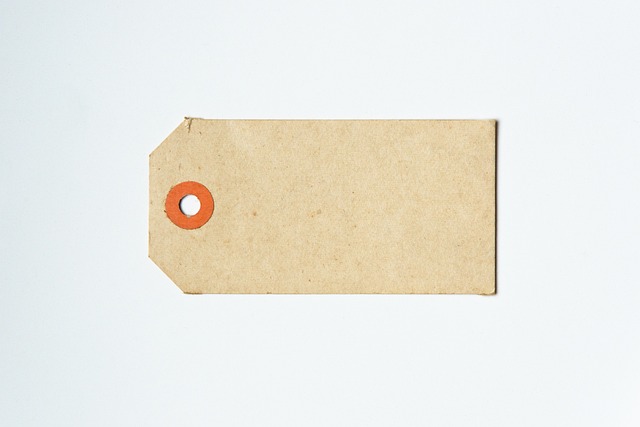Skin tags, caused by friction and irritation, are common in specific areas. They can be prevented through moisturization, exfoliation, diet, and minimizing skin contact. For recurring or persistent tags, London Skin Tag Removal offers advanced treatments like cryotherapy, laser removal, and surgical excision. Proper post-removal care, including cleaning, moisturizing, and protection from the sun, is crucial to prevent recurrence and promote healthy skin. Consulting professionals ensures tailored advice and long-term solutions.
Skin tags, those tiny, harmless growths, can be a nuisance. While they’re usually benign, many people seek London skin tag removal to address cosmetic concerns or prevent recurring appearances. This guide delves into the world of skin tags, offering insights into their causes and risk factors. We explore effective preventative measures, from topical care and lifestyle changes to professional options for those needing expert help. Additionally, we provide post-removal care tips for maintaining healthy, tag-free skin.
- Understanding Skin Tags: Causes and Risk Factors
- Effective Preventative Measures: Topical Care and Lifestyle Changes
- Exploring Professional Options: When to Seek Expert Help
- Post-Removal Care: Tips for Maintaining Healthy Skin
Understanding Skin Tags: Causes and Risk Factors
Skin tags, also known as acrochordons, are small, soft skin growths that typically appear in areas where skin rubs against itself, such as the neck, armpits, or groin. While they are usually harmless, many people seek London Skin Tag Removal due to their unsightly appearance or discomfort. Understanding the causes and risk factors associated with skin tags is an essential first step in preventing recurrence.
The primary cause of skin tags is friction and constant irritation. They often develop as a result of skin chafing or rubbing against clothing, bedding, or other objects. Certain individuals are more prone to developing skin tags due to genetic factors or hormonal changes, such as pregnancy or obesity. Age is also a risk factor, as skin loses elasticity with age, making it more susceptible to tag formation. Other possible contributors include poor hygiene, diabetes, and certain skin conditions like eczema or psoriasis.
Effective Preventative Measures: Topical Care and Lifestyle Changes
Preventing skin tags from recurring involves a combination of effective topical care and lifestyle changes, especially if you’ve sought London Skin Tag Removal services previously. Firstly, maintain consistent moisturization by applying gentle, fragrance-free lotions to keep your skin supple. Dry skin is more susceptible to tag formation, so keeping it hydrated can act as a protective barrier. Regularly exfoliate your skin to remove dead cells and prevent buildup that might encourage skin tag growth.
Additionally, adopting a balanced diet rich in vitamins and minerals supports overall skin health. Staying hydrated by drinking ample water also contributes to maintaining clear, healthy skin. Avoid constant friction or irritation against the skin, as this can trigger new tags. Consider adjusting your clothing choices to minimize chafing areas prone to tag development. Regularly inspect your skin for any early signs of tags and address them promptly to prevent recurrence.
Exploring Professional Options: When to Seek Expert Help
If your skin tags have persisted despite home care measures, it may be time to explore professional options for London skin tag removal. Seeking expert help ensures access to advanced treatments and specialized knowledge tailored to your specific case. Dermatologists and cosmetic clinics in London offer various procedures like cryotherapy, laser removal, or surgical excision, each with its own advantages and suitability depending on the size, number, and location of the tags.
Consulting a professional allows for personalized advice and treatment plans, which can be particularly beneficial if you have experienced recurring skin tags. They can address underlying causes, provide long-term solutions, and offer guidance on preventing future occurrences.
Post-Removal Care: Tips for Maintaining Healthy Skin
After undergoing any skin tag removal procedure, proper post-removal care is essential for healthy and clear skin. In the case of London Skin Tag Removal, where professional services are often sought, following the dermatologist’s advice is crucial to prevent reinfection or regrowth. Keeping the treated area clean and dry, using gentle skincare products, and avoiding harsh chemicals or strenuous activities for a few days can aid in faster healing.
Regular exfoliation helps remove any dead skin cells, promoting better skin texture. Moisturizing gently without over-saturating the skin maintains its elasticity, which is vital as new skin forms. Staying hydrated supports overall skin health, and protecting the area from direct sunlight reduces the risk of scarring or hyperpigmentation. Remember, consistent self-care practices after London Skin Tag Removal can significantly reduce the chances of tags recurring.
Preventing skin tags from recurring involves a combination of topical care and lifestyle changes. Regularly moisturizing, avoiding friction, and maintaining a healthy diet can significantly reduce the risk of new skin tags forming. If you reside in London and are considering skin tag removal, consult a professional for safe and effective options. After removal, proper post-care procedures, such as keeping the area clean and avoiding harsh irritants, will help ensure your skin stays healthy and minimize the chance of reoccurrence.
